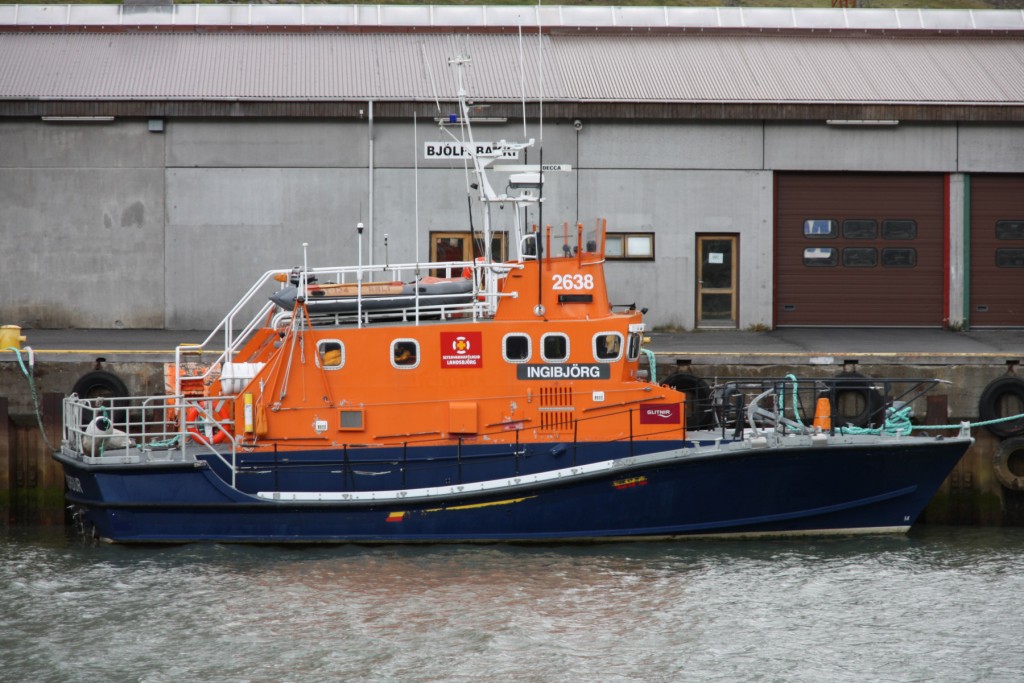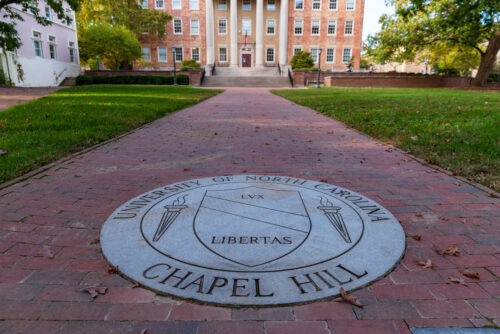One of the arguments statists like to make is that a particular government function is so complicated that the private sector can never handle it. Take, for example, the heroic and necessary task of rescuing people who are in the middle of the ocean. You’ve got to have a coast guard, right? Who in the private sector would buy and run lifeboats?
In 1994, James L. Payne wrote a piece in Reason about the Royal National Lifeboat Institution which, since 1834, has been the primary organization that rescues people in trouble in British waters. Payne noted that the organization had over 275 lifeboats (their website now says they have 340) that “are called out some 5,000 times every year to offer assistance in marine mishaps….The RNLI will rescue you whether you are rich or poor, whether you have donated to it or not.”
It turns out that the RNLI isn’t the only voluntary organization devoted to life saving. Writing in the New Yorker, Nick Paumgarten has an informative article about the Icelandic Association for Search and Rescue, which in Icelandic, is the Slysavarnafelagid Landsbjörg, commonly known as the Landsbjorg.
The Landsbjorg was formed in 1918. It’s not just a service that rescues people from the ocean; if you’re in trouble anywhere in Iceland, the Landsbjorg will rescue you. They have boats, helicopters, and all the other equipment a modern coast guard or a search and recue service would have.
Iceland is a beautiful country with a lot of land and not many people. There are only 300,000 Icelanders, and they have a coast guard, and a police (but no army). The result is that citizens protect themselves. “Landsbjorg has evolved into a regimented volunteer system that serves as a peerless kind of national-emergency militia,” Paumgarten writes.
Over 10,000 people—or over three percent of the population—serve in the Landsbjorg. “They are well-trained and well-equipped, self-funded and self-organizing,” Paumgarten says. They also assist in disasters in other countries; its members claim they were the first foreigners who showed up in Haiti after the 2010 earthquake.
Much of the Landsbjorg’s work comes from rescuing tourists, who show up in Iceland and think that because they’ve seen Iceland on nature documentaries or in movies that they can go out into the woods without adequate precautions. They think they can walk on a glacier in sneakers and not realize that ice is slippery, or travel on a remote Icelandic road without having a four-wheel drive.
The members of the Landsbjorg love to tell stories about the dumber people they rescued. One of them that Paumgarten recounts is “the Saga of Hot Pants.” There’s a popular trek made in Iceland where you spend four days hiking 33 miles from hut to hut. One year, three Dutch tourists showed up at the first hut. The men were wearing pants, but the woman was wearing hot pants. She was told she could suffer from hypothermia, and grudgingly put on pantyhose.
The tourists started hiking, and it started snowing. They passed a monument about an Israeli tourist who died of hypothermia in 1994, and they decided they were doomed, although they were 200 meters away from a spot where they would have seen the next hut.
They were rescued, but the next day they got on a bus and tried not to pay for their overnight stay in the hut. Paumgarten’s source, Katrin (many people in Iceland only use their first names), said that if you try to skip out on a hut bill, “people will know. It is a small country. No one will help you anywhere.”
The leading expert on the Landsbjorg in Iceland is journalist Ottar Sviensson, who had written 22 books about heroic acts of Landsbjorg members. “The rescue squads are very close to the heart of a nation,” says Sviensson. “We have come to believe that this is a normal thing, to have this in our lives. In many ways, we are spoiled inhabitants.”
But it’s not all heroism. Much of the time Landsbjorg teams wait for work, and they engage in a goofy camaderie that reminded Paumgarten of the 1970s comedy “Emergency!” The Landsbjorg performs a valuable service, but they also build up civil society by having people come together who would otherwise not know each other.
Where does the Landsbjorg get their money? Some comes from donations, and some come from the annual sale of “little painted-plastic key-chain icons” which are apparently collectible. But the largest source comes from the group’s holding the firework monopoly in Iceland. Fireworks are only legal in Iceland one week a year—and the five hundred tons of fireworks the Icelanders blow up that week all come from the Landsbjorg.
Could the Landsbjorg work here? We’re a much larger and more populous country than Iceland. But the next time you hear an argument that, “There are many things that only government can do,” you might tell them about the Royal National Lifeboat Institution and the Landsbjorg.
Photo via Wikimedia






